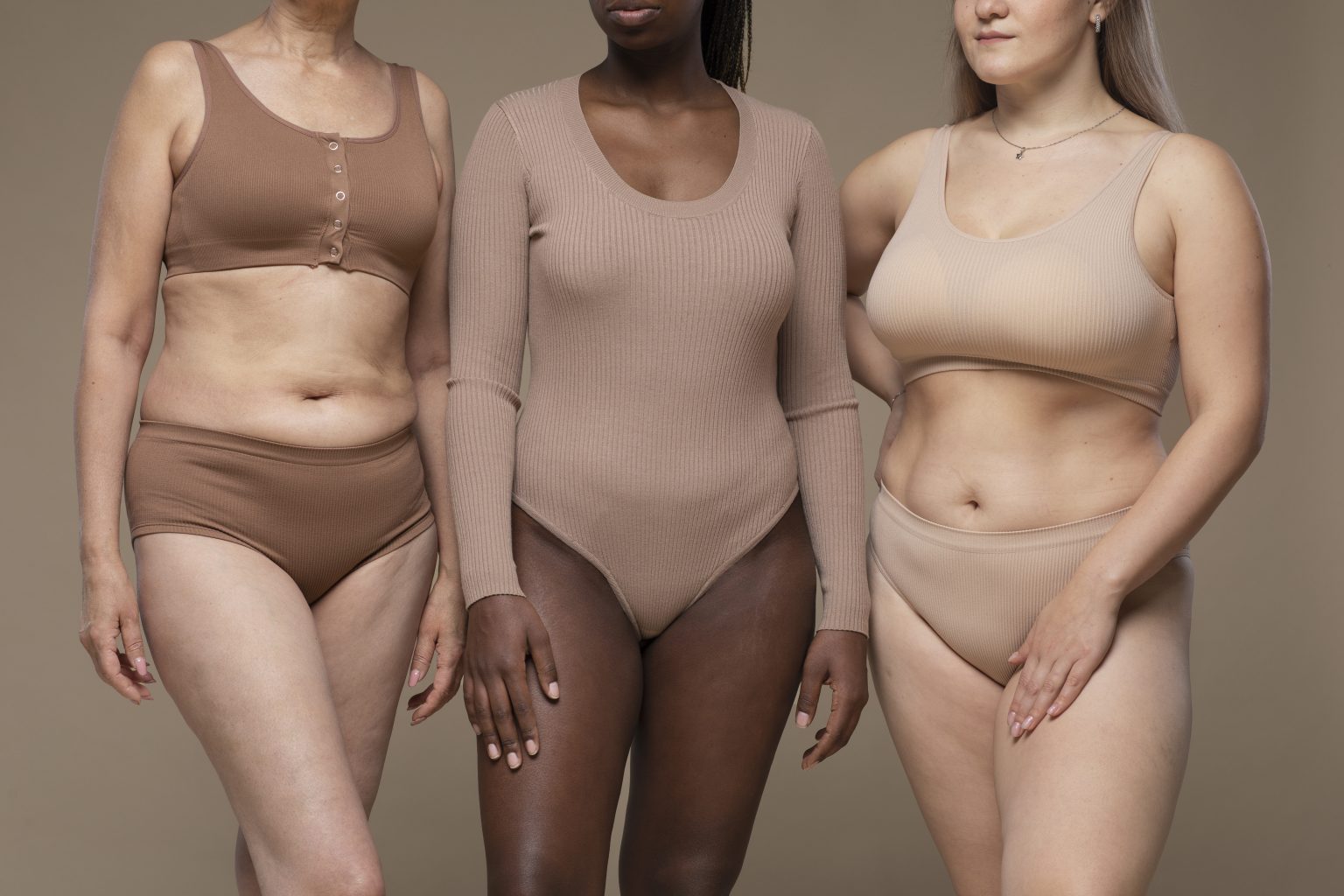Is ‘body neutrality’ the new ‘body positivity’? Label volunteer, Olivia Connelly, explores the updated term, whether it is more inclusive, and if it is here to stay.
What is body neutrality?
It’s a relatively new phenomenon that was coined in 2015 through bloggers and celebrities. It focuses on the body’s function and how it helps us move and live our life, rather than the appearance of it. So, the ‘neutral’ aspect simply means having a more neutral stance or feeling towards your body where you don’t have to constantly love or hate it. The term encourages acceptance of your body for what it is and how it helps you function as a being, as your body gives you life to travel, move and even create life. Body neutrality also has a link with mindfulness – that if you respect it and eat intuitively, you will naturally take care and nourish your body, thus allowing it to function well.
Why is it different to body positivity?
Unlike body neutrality, body positivity arose much earlier in the 1960s but was escalated via media and technological changes, especially in 2012 and onwards. It focuses on the acceptance of all shapes, sizes, skin colours, genders and promotes the idea that all bodies are beautiful and should be loved by yourself. It is critical of the modern-day beauty standards that are promoted via the media, such as the constant bombardment of models who have been edited on platforms such as Instagram.
The major disparity between them is that the body positivity social contrast cultivates the idea that your body is always beautiful no matter what. However, the neutral stance highlights the phenomenon that there shouldn’t be an emphasis on whether your body is beautiful or not, as what you look like is irrelevant to your happiness and the ability for your body to be healthy and functional for everyday tasks.
Which term is better?
There are critical stances of both movements. Body positivity has been criticised for creating too much focus on appearance where it gives the impression that one should be so focused on what they look like 24/7. This forgets about all the other important things in life such as school and jobs etc. This could result in people exercising too much or eating too little in order to feel happy in their body and love it, which the movement promotes. Similarly, it has been criticised for endorsing obesity as it allows people to disregard medical complications associated with being overweight as, again, the movement states everybody is beautiful with little information on the consequences of this.
Additionally, body neutrality has been critiqued for not helping with individuals’ confidence or self-worth which can be important for day to day social interactions as confidence is key.
So, what’s the verdict?
Overall, both movements are useful as they both emphasise how powerful the body is and that it should be appreciated. Which movement an individual may choose to incorporate into their everyday lives is dependent on what works for them as an individual – which is the most important thing. There are no rules, and people can switch between body positivity and body neutrality depending on the ebbs and flows of their life situations.


